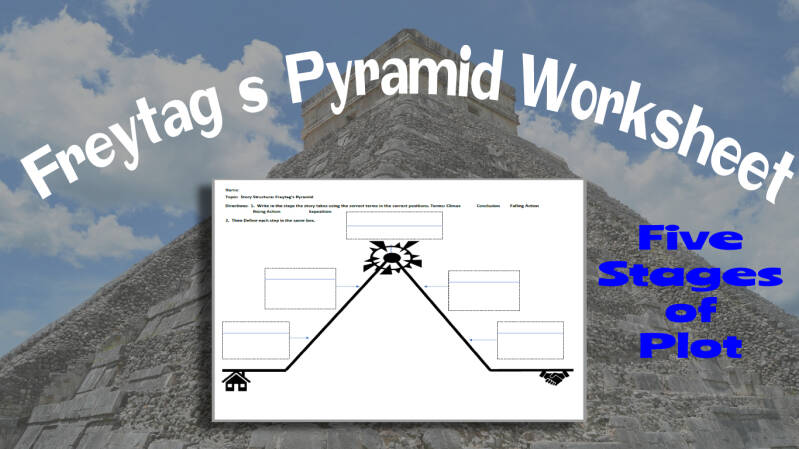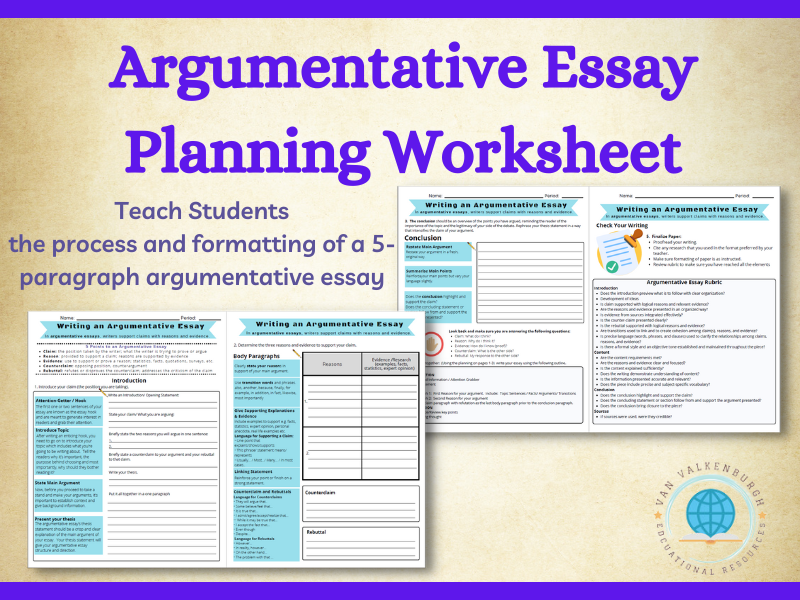Language Arts and English
Literary Device using Art

Why use Art to teach Literary Devices?
To help students see the details, interpret the story and make it interesting.
In this activity, students will look at an iconic image from the Great Depression. They will then record their observations using Literary Devices:
- Specific Details
- ·Figurative Language
- Voice/Tone/Mood
- Sensory Image
- Strong Verbs and Adjectives
- And Compare and Contrast
There is an optional Essay extension
This resource includes a BONUS ready-to-use interactive version of the PDF. Assign it to students to complete from any device.
Sonnet Writing Activity
Students will learn about the rhyming scheme of a Shakespearean sonnet which consists of three quatrains and a closing couplet. In the rhyme scheme of ABAB CDCD EFEF GG
Students first look at one of Shakespeare's sonnets and then see how the rhyme scheme fits.
Then they begin to construct their own by first coming up with rhyming pair words, then pasting those words to the end of the the designated lines. They then will construct sentences to incorporate those words, thus building their own sonnet.
Need scissors and glue. Also can be put on construction paper and add to a larger project of research on Shakespeare.
This resource includes a BONUS ready-to-use interactive version of the PDF. Assign it to students to complete from any device.
Freytag's Pyramid Worksheet
Simple worksheet for students to name the steps in Freytag's Pyramid and explain each step further with a description.
The plot of a story consists of five steps:
- Exposition (originally called introduction)
- Rising action (rise)
- Climax.
- Falling action (return or fall)
- Catastrophe, denouement, resolution, or revelation.
Comes with the Answer Key
This resource includes a BONUS ready-to-use interactive version of the PDF. Assign it to students to complete from any device.
Black out Poetry Activity
In this lesson, students will take existing text (in this worksheet there is an example text of the Raven by Edgar Allen Poe, but you can change the text to any reading excerpt). They will isolate words and phrases by blacking out the words they do not want to use. This will create their own text/poem. This is a fun creative activity.
One Page Reading Summary Worksheet
This is a one page reading summary worksheet can be used with any assigned reading. Includes:
- Summary of Plot
- Main characters
- Main theme or themes
- Symbolism
- Motifs
This resource includes a BONUS ready-to-use interactive version of the PDF. Assign it to students to complete from any device.
Figurative Language Worksheet
Quick one page worksheet to explore topics of Satire, Sarcasm, Hyperbole, Irony, Understatement
"The Most dangerous Game" Worksheet Packet
This packet includes a literary analysis which has students identify the figurative language, and the elements the story falls on the Freytag's pyramid. You can also preload the vocabulary to the students with the writing activity that gives them the words and definitions of some of the academic language that students might not be aware of prior to the reading.
Includes an answer key. This can take 2-3 class periods with more time needed for reading the story.
"The Gift of the Magi" Worksheet Packet
This packet for the reading of "The Gift of the Magi" by O. Henry includes a pre reading vocabulary activity and questions worksheet for after the reading. Perfect for a winter holiday lead up. Includes an answer key. This can take 2-3 class periods with more time needed for reading the story.
"An Indian Father's Plea" Analysis Worksheet Packet
This packet is perfect for reading "An Indian Father's Plea" by Robert Lake. The vocabulary preloads the harder words for the students using cloze sentence practice with synonym clues for extra help.
The Analysis asks the students to analyze the letter as it was an argumentative essay.
Hook, Thesis/Claim, Supporting Details, Counterclaim, Rebuttal to counterclaim and the final call to action or conclusion.
Great for Indigenous Peoples' Week. Good for both Language Arts and Social Studies
Argumentative Essay Planning Worksheet
Teach students the process and formatting of an argumentative essay to include two reasons with facts and one paragraph with counterclaim and rebuttal. Gives tips on transition words and how to write each paragraph.
Once they have planned the essay out through this worksheet, then they just need to write the essay using all the parts and the rubric as a guide.
The Raven Vocabulary Activity
The Raven Vocabulary activity is a perfect pre reading activity for students to learn ahead of time the academic language vocabulary words that they may not be familiar with, excellent for ESL students preloading of vocabulary words.
Students are given passages from The Raven will fill in the blanks of the missing words, by using the guides: definitions, context clues and hints
Exploring the parts of an Argumentative Essay
Students look at a basic argumentative (expository) essay sample and determine the following parts:
Title, hook, thesis statement, argument, reason 1 and 2, counterclaim, rebuttal, concluding statement, topic sentences and transitional words and phrases.
This gives the student a great visual on what a basic 5 paragraph essay should look like and the parts that are necessary.













Create Your Own Website With Webador